🇲🇽 Cinco de Mayo 🇲🇽
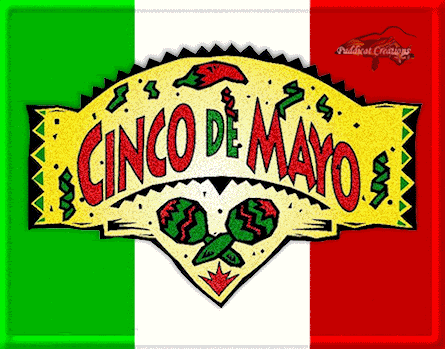
Cinco de Mayo (Spanish for "Fifth of May") is an annual celebration held on May 5. The date is observed to commemorate the Mexican Army's victory over the French Empire at the Battle of Puebla, on May 5, 1862, under the leadership of General Ignacio Zaragoza.
The victory of the smaller Mexican force against a larger French force
was a boost to morale for the Mexicans. A year after the battle, a
larger French force defeated Zaragoza at the Second Battle of Puebla,
and Mexico City soon fell to the invaders.
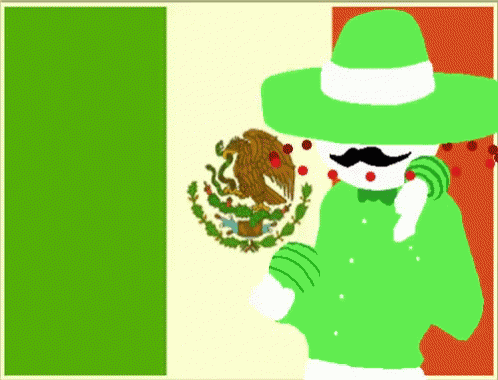
In the United States, Cinco de Mayo has taken on a significance beyond that in Mexico. More popularly celebrated in the United States than Mexico, the date has become associated with the celebration of Mexican-American
culture. These celebrations began in California, where they have been
observed annually since 1863. The day gained nationwide popularity in
the 1980s thanks especially to advertising campaigns by beer and wine
companies. Today, Cinco de Mayo generates beer sales on par with the
Super Bowl.
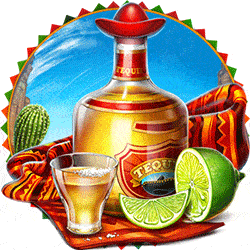
In Mexico, the commemoration of the battle continues to be mostly
ceremonial, such as through military parades or battle reenactments.
The city of Puebla marks the event with an arts festival, a festival of
local cuisine, and re-enactments of the battle.
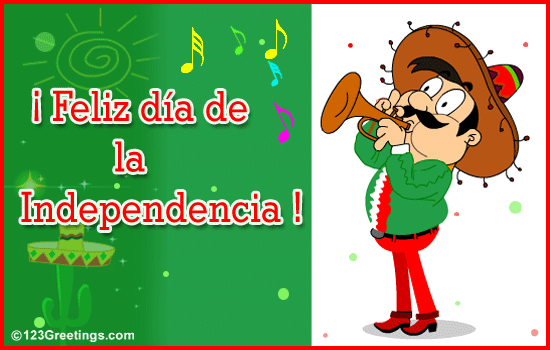

Cinco de Mayo is sometimes mistaken for Mexico's Independence Day - the most important national holiday in Mexico - which is celebrated on September 16, commemorating the Cry of Dolores, which initiated the war of Mexican independence from Spain.
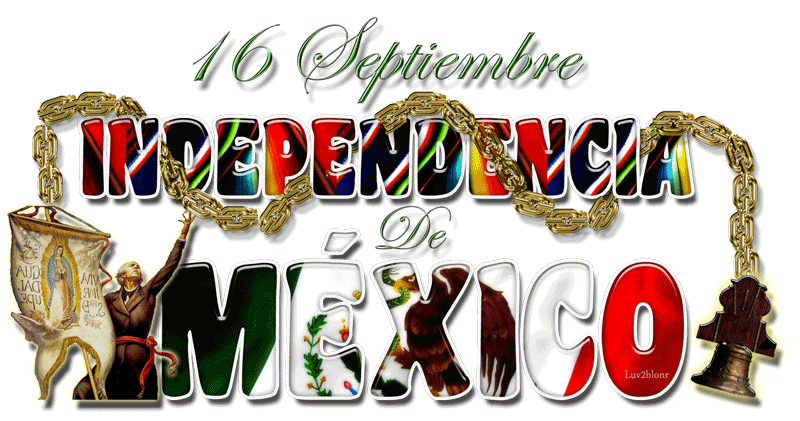

History of the holiday
United States
United States
According to a paper published by the UCLA
Center for the Study of Latino Health and Culture about the origin of
the observance of Cinco de Mayo in the United States, the modern
American focus on that day first started in California in 1863 in response to the resistance to French rule in Mexico. "Far up in the gold country town of Columbia (now Columbia State Park) Mexican miners were so overjoyed at the news that they spontaneously fired off rifle shots and fireworks, sang patriotic songs and made impromptu speeches."
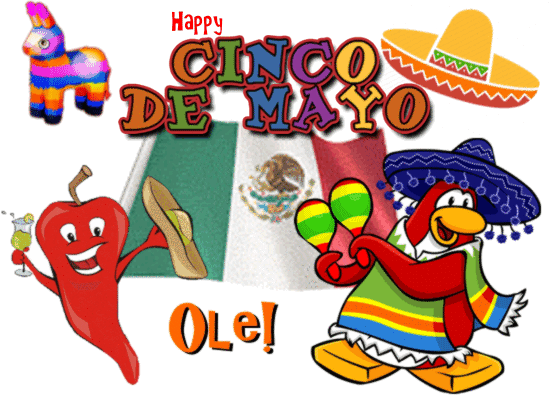
A 2007 UCLA Newsroom article notes that "the holiday, which has
been celebrated in California continuously since 1863, is virtually
ignored in Mexico."
TIME magazine reports that "Cinco de Mayo started to come into vogue in 1940s America during the rise of the Chicano Movement."
The holiday crossed over from California into the rest of the United
States in the 1950s and 1960s but did not gain popularity until the
1980s when marketers, especially beer companies, capitalized on the celebratory nature of the day and began to promote it.
 It grew in popularity and evolved into a celebration of Mexican
culture and heritage, first in areas with large Mexican-American
populations, like Los Angeles, Chicago, Houston, New York, followed by Cleveland, Boston, Indianapolis, Raleigh, Dallas, San Antonio, Washington, D.C., Atlanta, Miami, Orlando, Denver, Phoenix, Philadelphia, Tucson, San Francisco, San Jose, and San Diego.
It grew in popularity and evolved into a celebration of Mexican
culture and heritage, first in areas with large Mexican-American
populations, like Los Angeles, Chicago, Houston, New York, followed by Cleveland, Boston, Indianapolis, Raleigh, Dallas, San Antonio, Washington, D.C., Atlanta, Miami, Orlando, Denver, Phoenix, Philadelphia, Tucson, San Francisco, San Jose, and San Diego.


In a 1998 study in the Journal of American Culture it was
reported that there were more than 120 official US celebrations of Cinco
de Mayo in 21 different states. An update in 2006 found that the number
of official Cinco de Mayo events was 150 or more, according to José
Alamillo, a professor of ethnic studies at Washington State University in Pullman, who has studied the cultural impact of Cinco de Mayo north of the border.
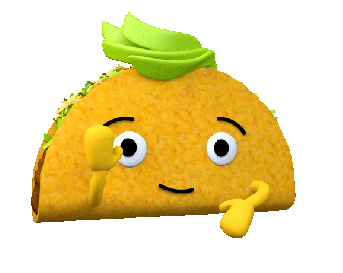
Los Angeles' Fiesta Broadway
has been billed as the largest Cinco de Mayo celebration in the world,
which it most certainly was at its peak in the 1990s when it attracted
crowds of 500,000 or more. In recent years attendance has seen a
dramatic decrease.
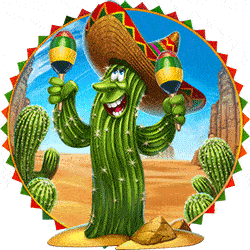
On June 7, 2005, the United States Congress issued a concurrent resolution calling on the President of the United States to issue a proclamation calling upon the people of the United States to observe Cinco de Mayo with appropriate ceremonies and activities.
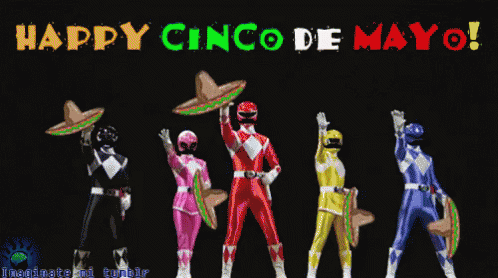 To celebrate, many display Cinco de Mayo banners while school districts
hold special events to educate students about its historical
significance. Special events and celebrations highlight Mexican culture,
especially in its music and regional dancing.
To celebrate, many display Cinco de Mayo banners while school districts
hold special events to educate students about its historical
significance. Special events and celebrations highlight Mexican culture,
especially in its music and regional dancing.
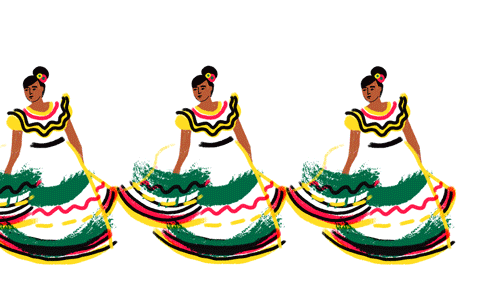 Examples include baile folklórico and mariachi demonstrations held annually at the Plaza del Pueblo de Los Ángeles, near Olvera Street.
Examples include baile folklórico and mariachi demonstrations held annually at the Plaza del Pueblo de Los Ángeles, near Olvera Street.
Commercial interests in the United States have capitalized on the celebration, advertising Mexican products and services, with an emphasis on alcoholic beverages, foods, and music.
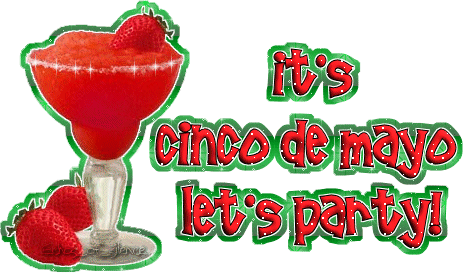
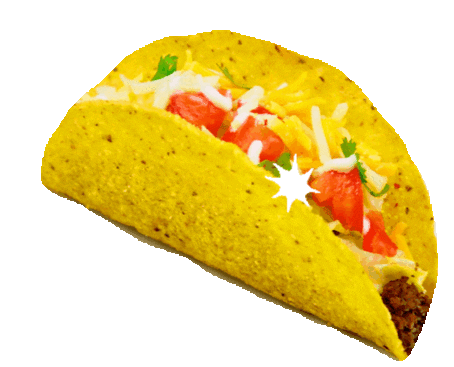
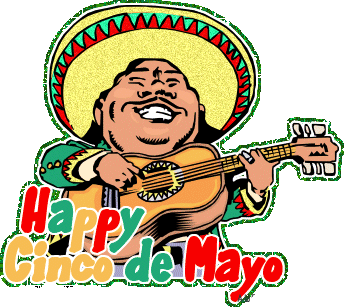 According to Nielsen, in 2013 more than $600 million worth of beer was purchased in the United States for Cinco de Mayo, more than for the Super Bowl or St. Patrick’s Day.
According to Nielsen, in 2013 more than $600 million worth of beer was purchased in the United States for Cinco de Mayo, more than for the Super Bowl or St. Patrick’s Day.


Commercial interests in the United States have capitalized on the celebration, advertising Mexican products and services, with an emphasis on alcoholic beverages, foods, and music.



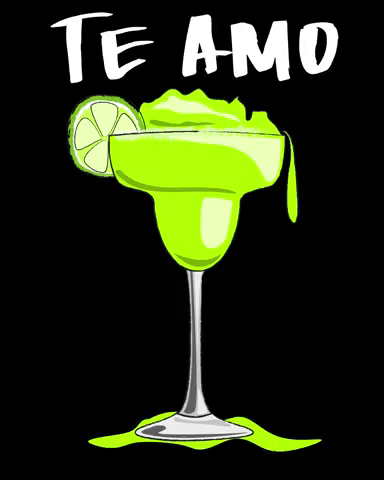
READ MORE:
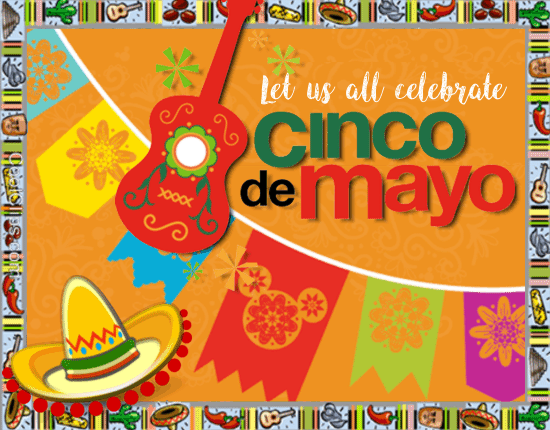
🇲🇽 🌮 🫔 🌶️ 🌯






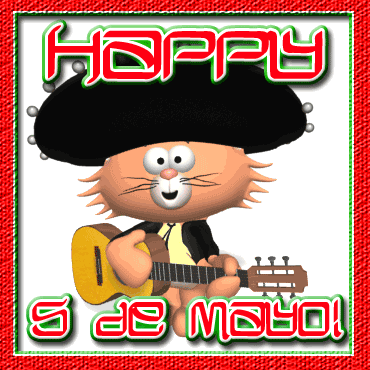
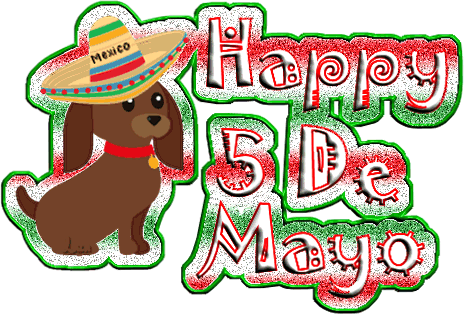









No comments:
Post a Comment